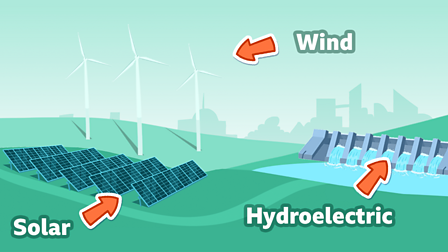Power of the Sea: Innovations in Generating Electricity from Seawater

Course Content
Chapter 1: Introduction
-
The Need for Sustainable Energy Solutions
00:00 -
Overview of Seawater as a Viable Energy Source
00:00 -
Importance of Renewable Energy in Addressing Climate Change
00:00